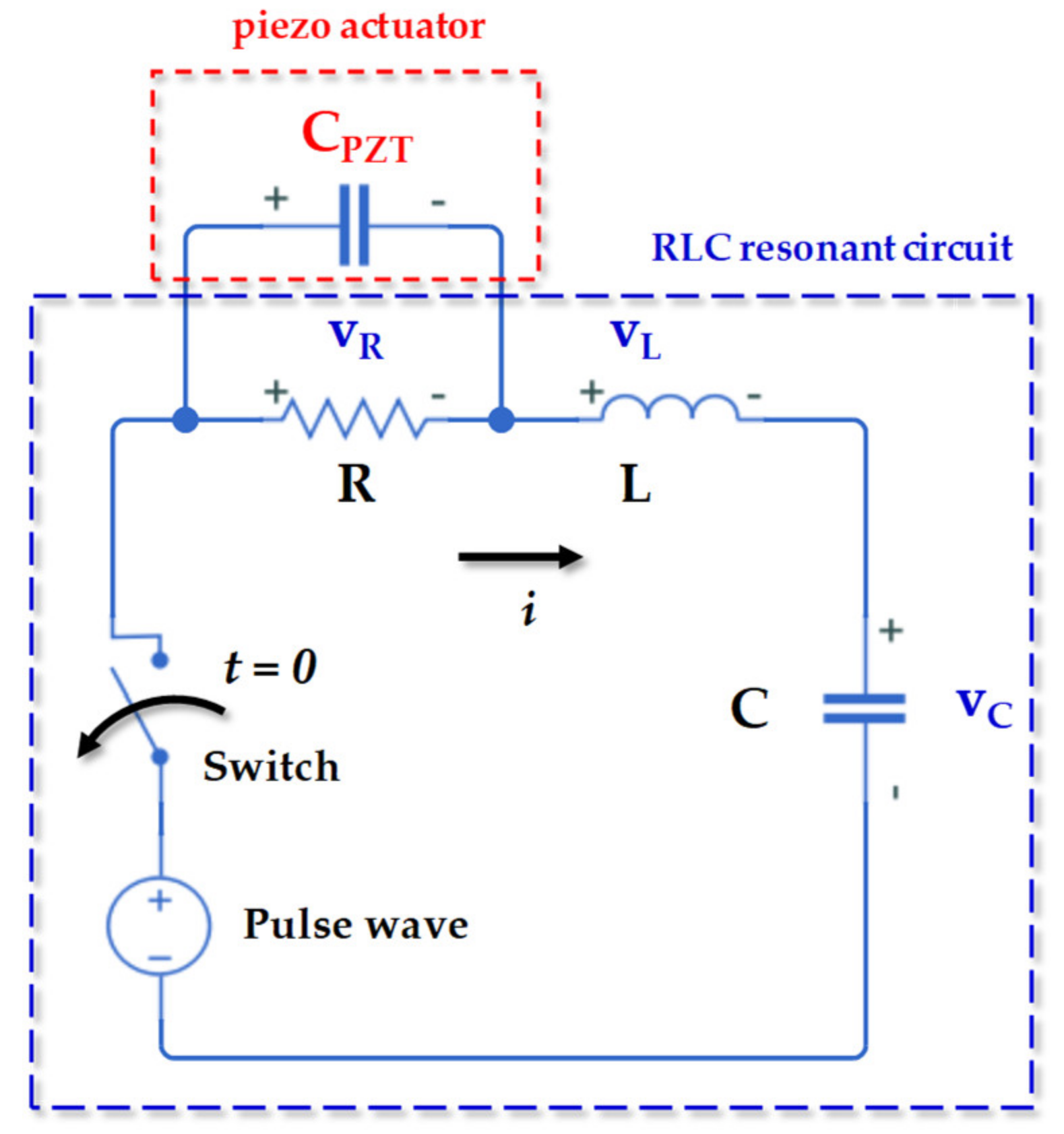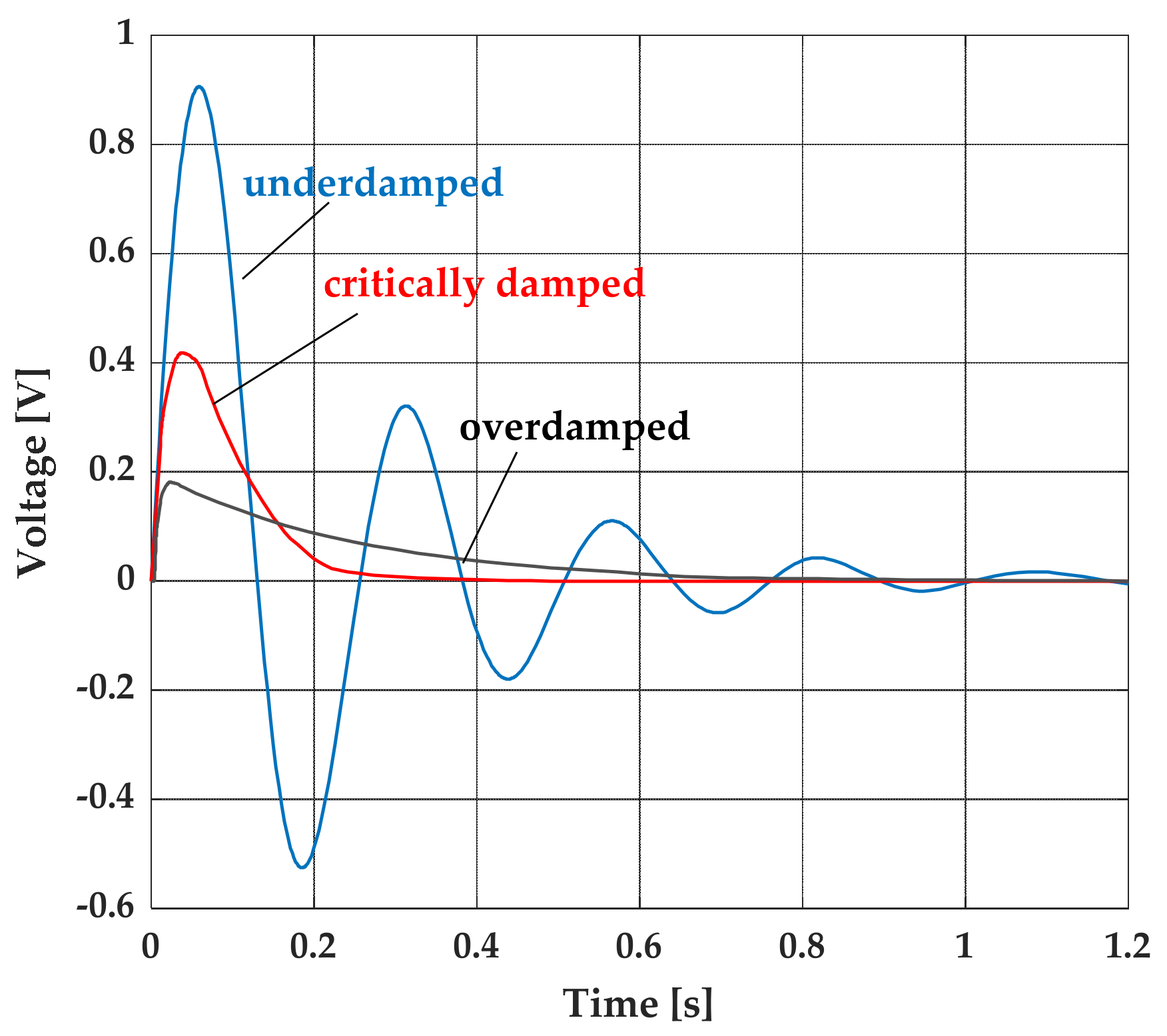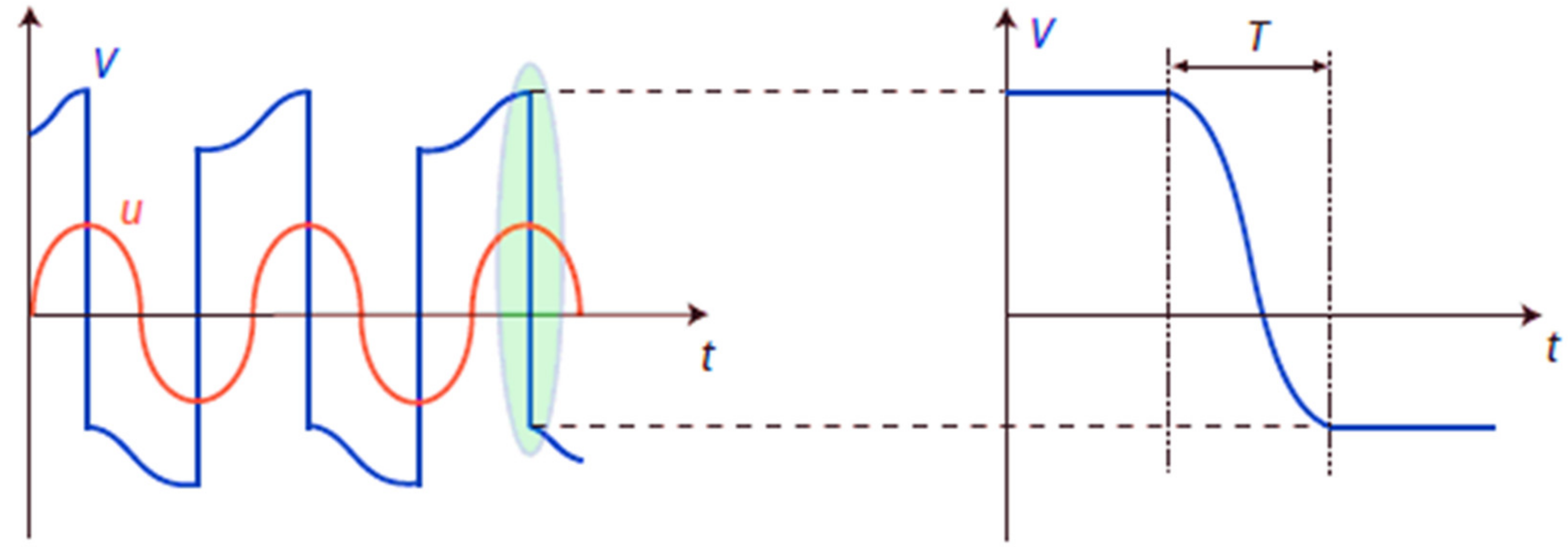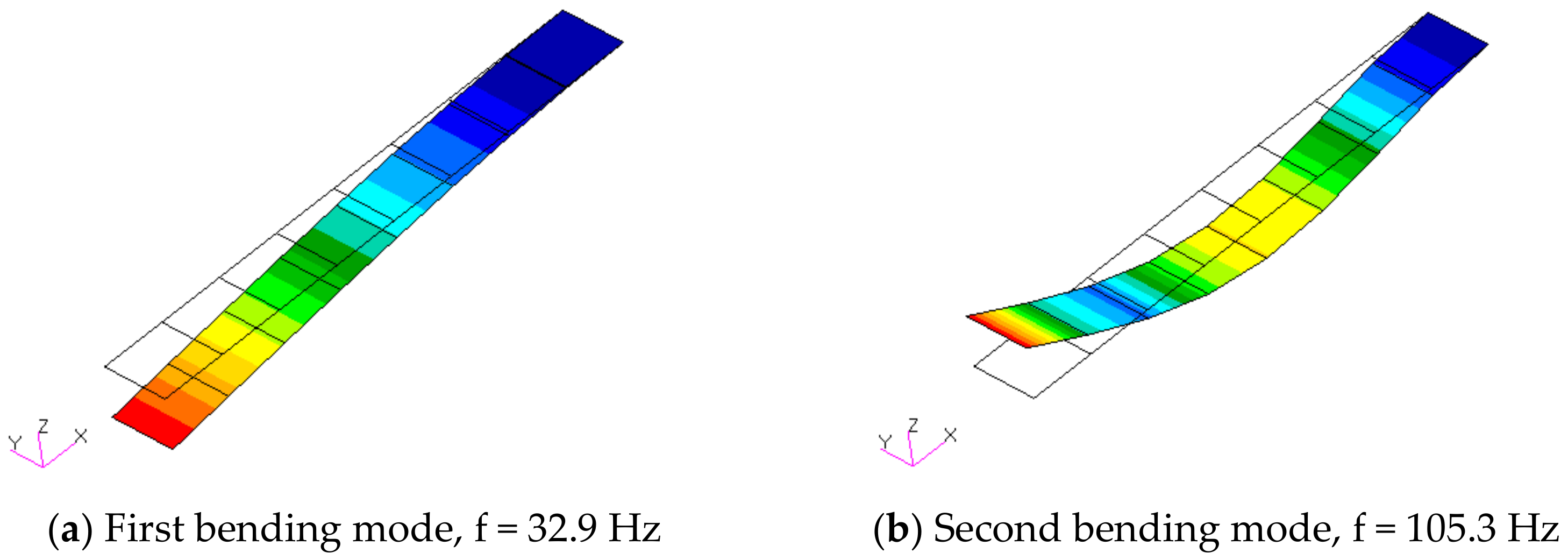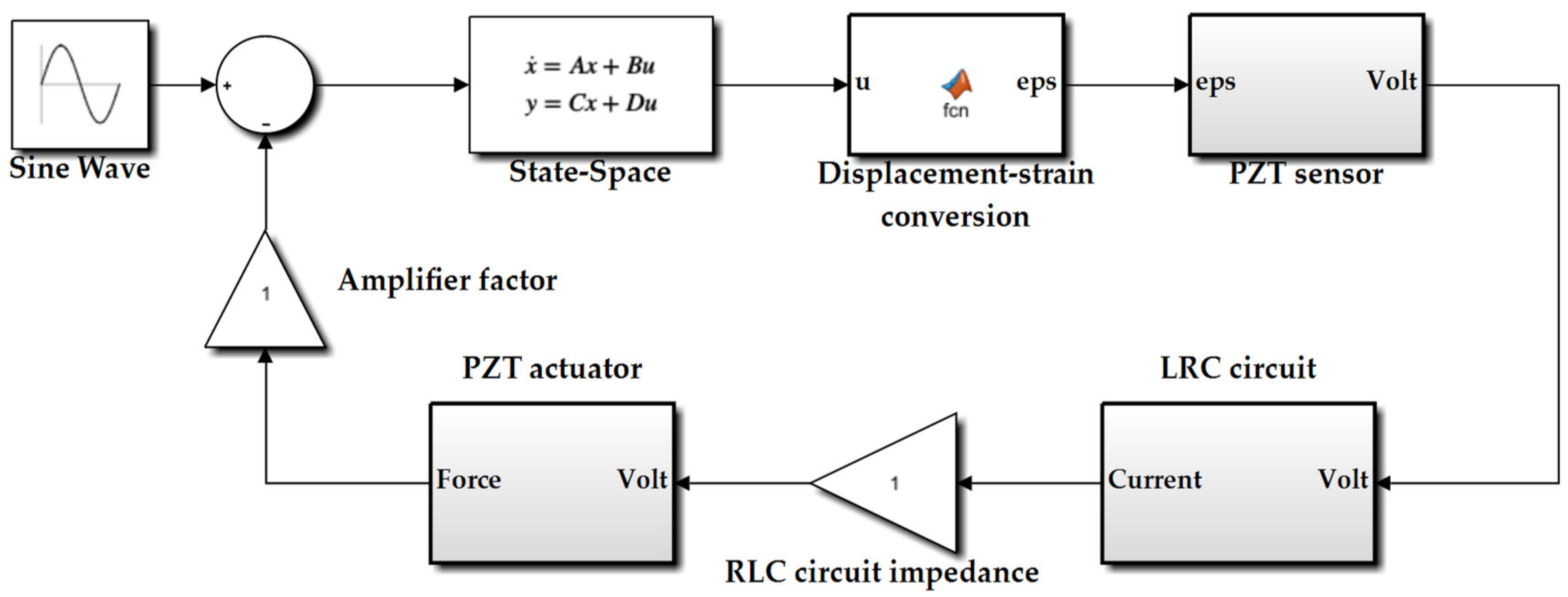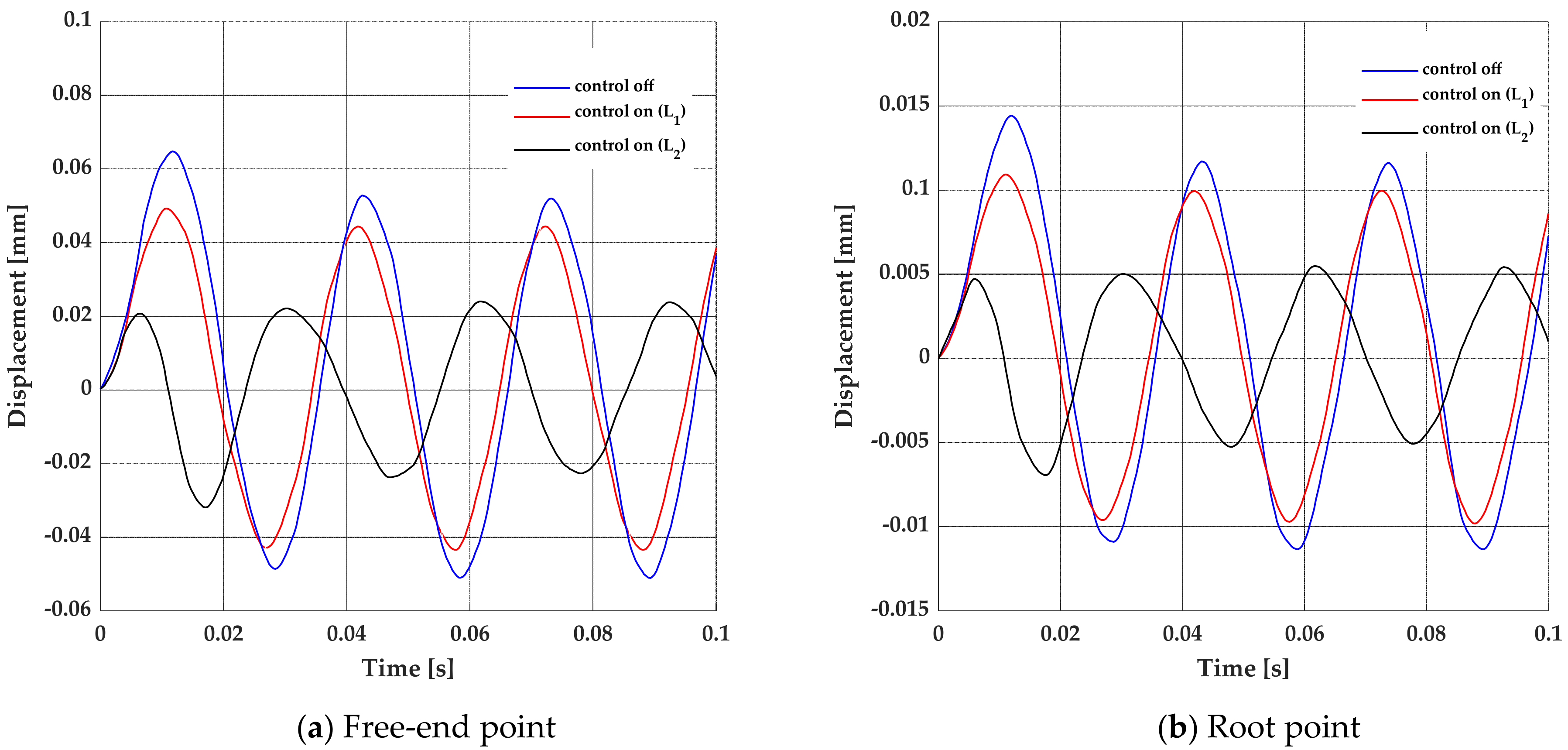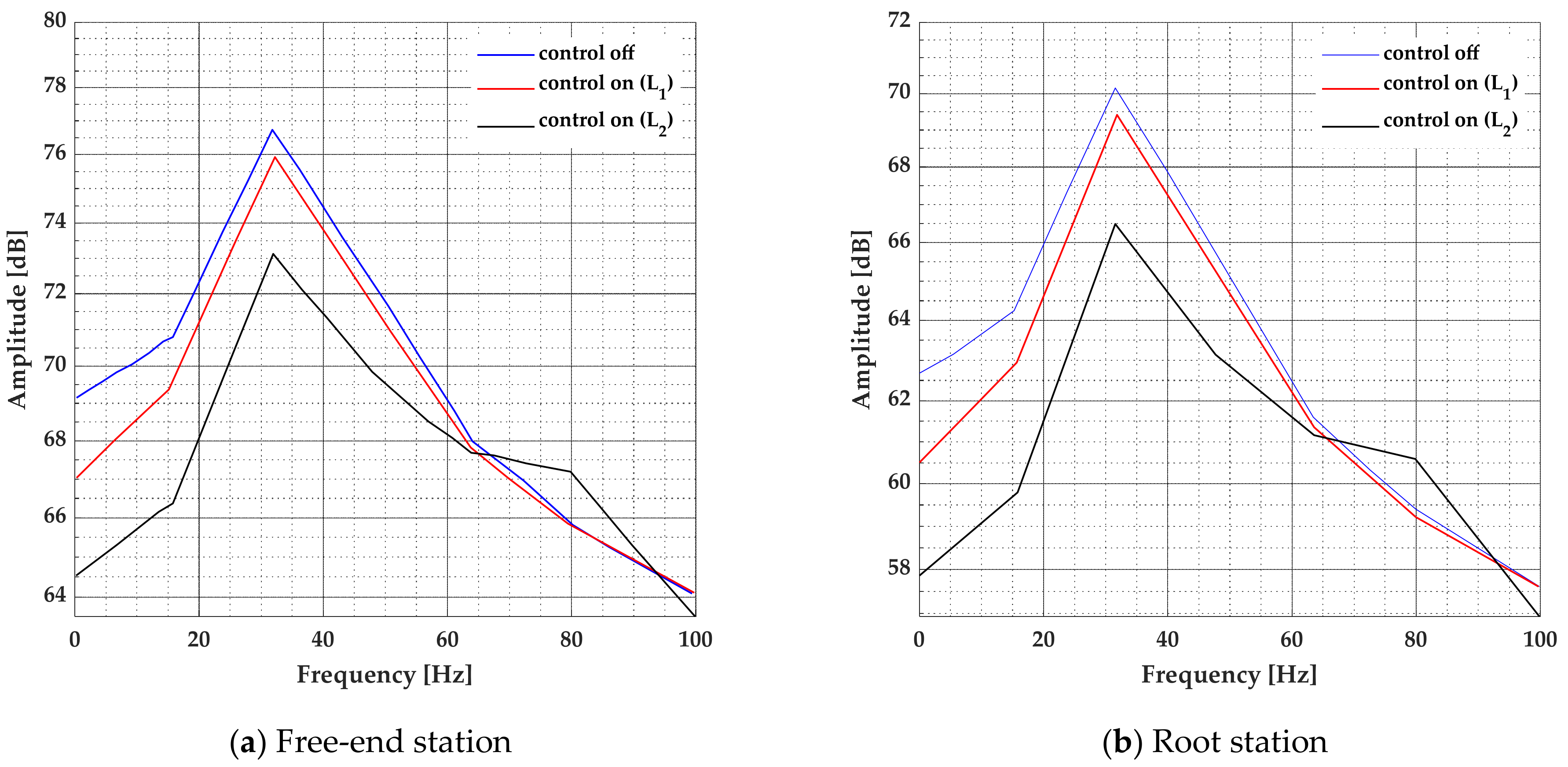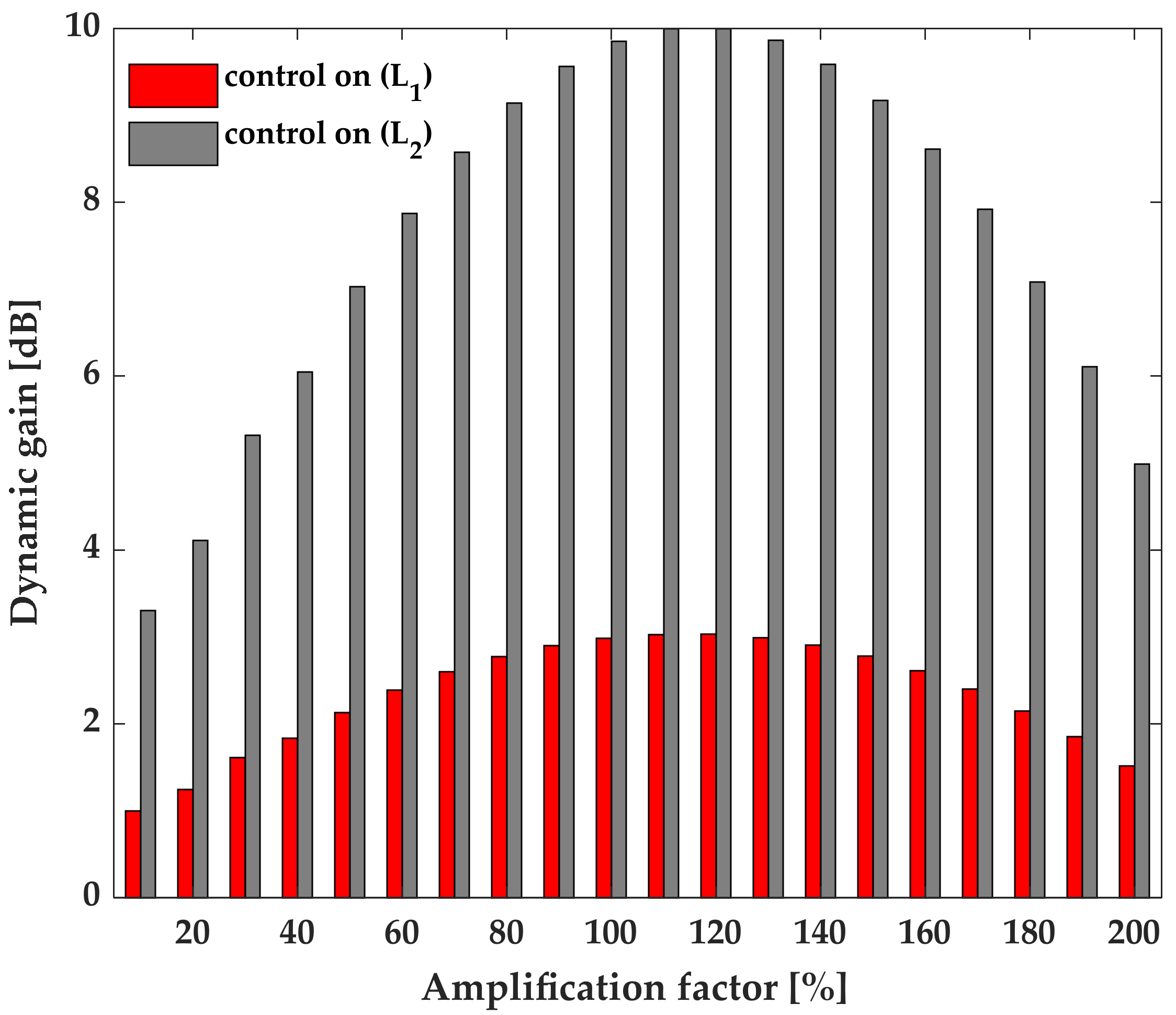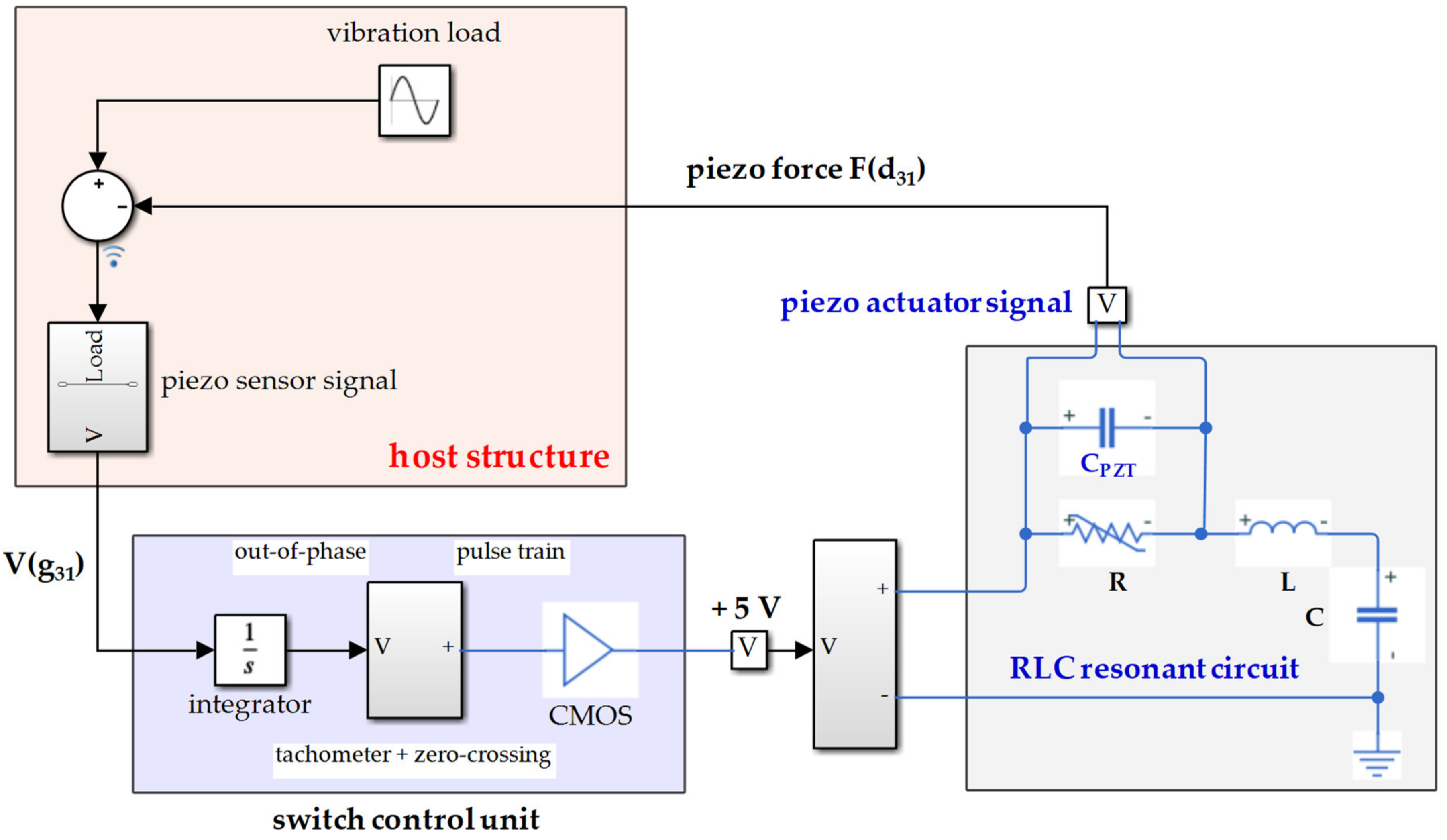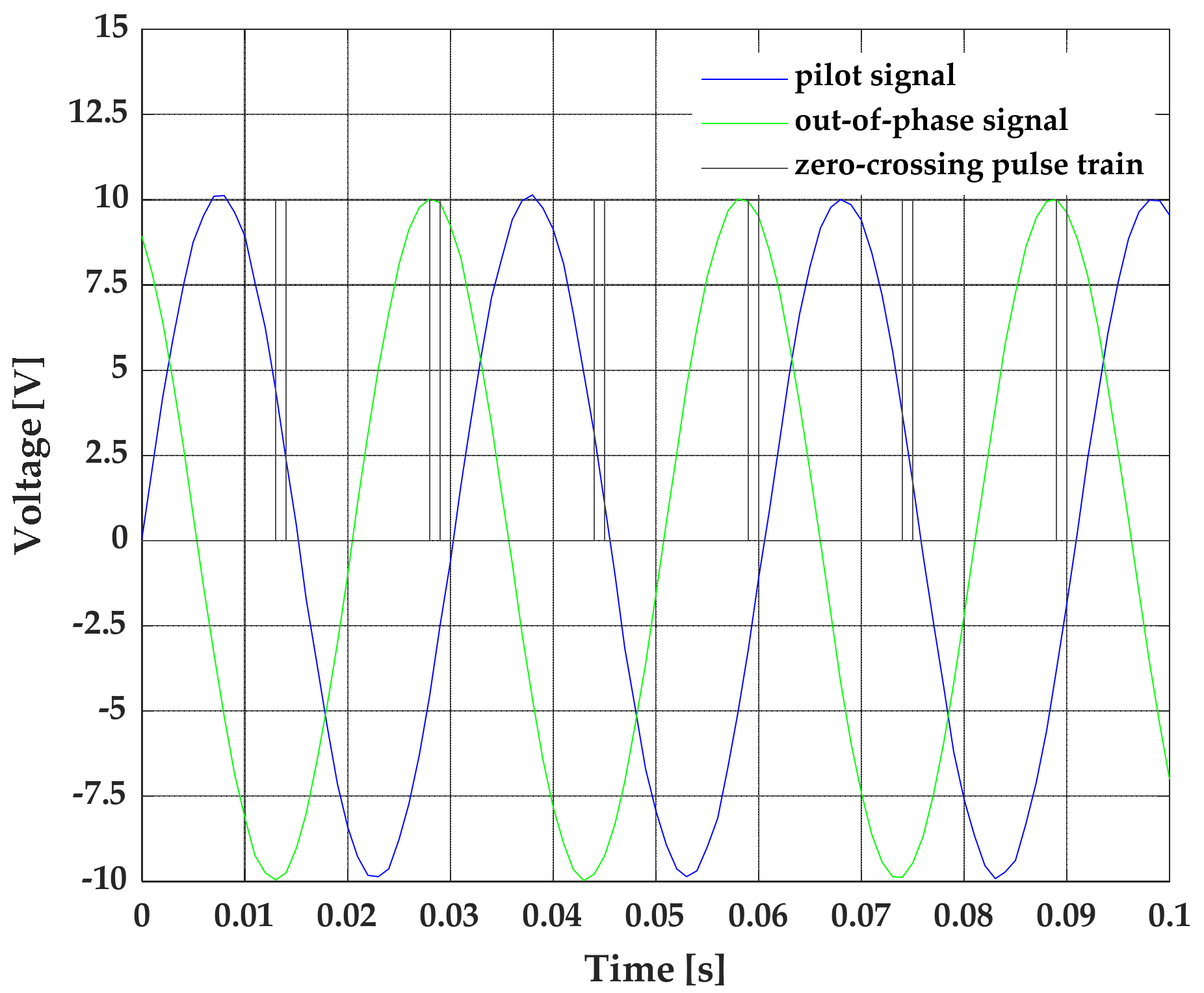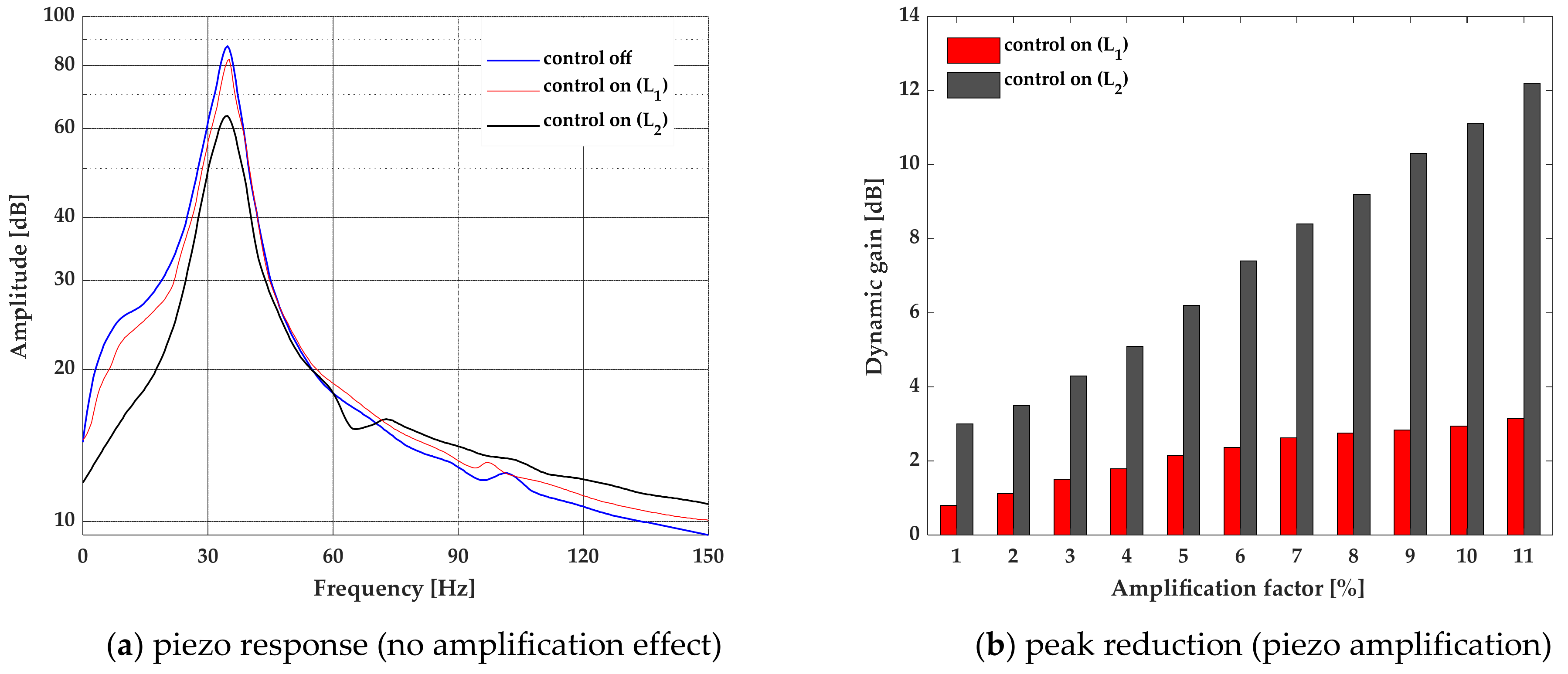The optimization of structural vibrations still represents a real engineering challenge in various fields of application. Modern techniques are based on scientific concepts developed 30 years ago which are accompanied by technological spreads in order to develop increasingly performing devices. Conducting materials, metamaterials, integrated electronic circuits, and so on represent the current means that allow for the achievement of these research goals. The passive control technique widely used in the applications of means of transport and industrial machines is certainly among the most commonly adopted: they do not require external power systems and their operation is simply based on mechanical coupling with the host structure. As a result of advances in the electronics and materials field, a growing interest has arisen in the implementation of active or semi-active control systems: many studies have shown their real feasibility even with complex applications. The low cost of the actuators, often made of PZT (lead zirconate titanate) material, and the simple implementation in control circuits are certainly among the motivating factors in their use. Studies on the performance of piezoelectric materials as known are not so recent: their applications have been shown to be a viable concept for vibration reduction in many fields. Crawley and de Luis [
1] proposed an analytical approach for a static case including several actuator geometries to be bonded on flexible substrates. A dynamic modeling technique for the vibration suppression of plate structures by using piezo patches is detailed in [
2]. The first real applications in aerospace structures were made by [
3,
4]. Both numerical and test results showed the potentiality of such technology for controlling noise radiated by panels [
5,
6]. The performance evaluation, in terms of vibration and noise attenuation, of a framed panel comprising a single-input-single-output (SISO) control technique was discussed. In particular, a simple analogic control system that implements a positive position feedback control law with self-adaptive gain has been proposed and widely tested. From this perspective, a “collocated” SISO control system, where the sensor and the actuator are placed at the same location, can be a very advantageous solution: it does not require any particular signal elaboration (displacement or velocity feedback, easily achieved by hardware). Due to the piezoelectric effect, a percentage of the vibrational mechanical energy can be converted into electric energy and dissipated suitably by means of a shunt circuit that compounds a mechanism of passive damping. The shunt represents a special application of SISO-based control. Shunt circuits are mainly used to condition voltage signals, which, thanks to the piezoelectric properties, are representative of the dynamic deformation energy of the structure. Lesieutre discusses the four commonly used types of shunt circuits: resistive, resonant, capacitive, and switched [
7]. Richard et al. [
8] investigated the technique based on a synchronized switch for broadband vibration damping. An inductive element was used for inverting the voltage signal on a piezo transducer so as to counteract the external disturbance action. Guyomar et al. [
9] addressed the study of a new technique, namely synchronized switch harvesting (SSH), for electrical energy generation by the structural vibration provided by piezoelectric actuators patches. CIRA (Italian Research Aerospace Centre) engaged a considerable interest in the development of control methodologies based on the aid of shunt circuits [
10,
11,
12,
13]. An energetic approach comprising both theoretical and simulation studies addressed the design of a first switching shunt control (SSC) architecture for the vibration control of a beam structure, [
10]. An integrated design scheme for a SSC circuit, suitably combining properties from multi-degree-of-freedom (MDOF) structural FE models has been analysed in [
11]. An in-house simulation code is described in [
12] which, by implementing the Newmark–Beta integration method, solved in the time domain the coupled equations of dynamics (with and without control effect) with particular reference to beam systems. The study was also extended to 2D composite plates using a multi-channel system capable of controlling several pairs of piezoelectric actuator/sensor working independently as SISO systems, [
13]. Attention was also paid to the conception of the individual electronic components in order to improve the performance of the control boards. Numerical and experimental studies have led to the design of a synthetic inductor also useful for multi-modal applications, [
14], as well as the possibility of optimizing the number of components used in order to streamline the circuit assembly complexity, [
15]. The effect of changing positions of piezo patches along the analyzed structure are discussed in [
16]. The piezoelectric transducer shunted with a RL couple [
17], or the electromagnetic transducer shunted with a RC couple [
18] are the two-order circuit that can generate an electrical resonance. The work [
19] provides the description of a first experimental circuit for the vibration control of a flat aluminium plate by a resonant piezoelectric shunt in a water environment. The main electrical components of the resonant shunt, i.e., inductance and resistor, have been designed relying on the resonance frequencies in open loop and closed loop conditions. Parametric FEM computations and periodical structure theory for geometric and electric parameter optimizations of a piezo control circuit have been carried out in [
20]. This work provides an efficient but also general formulation for the prediction of dynamic behaviour of all kinds of elastic slender structures with shunted piezo patches. A novel concept of a nonlinear piezoelectric tuned vibration absorber (NPTVA) is introduced by the authors of [
21]. They propose the design of a fully passive nonlinear inductor using the principle of magnetic saturation. The control performance with single or multiple inductors has been verified considering a beam with piezoelectric patches. The literary bibliography dealing with active and passive control methodologies is huge: some recent reviews have amply discussed the developments, especially regarding the applications of shunt piezoelectric systems. Yan et al. [
22] summarize the control principles, including descriptive equations and circuit diagrams, while also pressing on the current challenges and prospects of this technology in vibration and noise control. Marakakis et al. [
23] point out the optimization criteria of such systems by operating both on the design and positioning of the piezoelectric devices and on the enhancement of the system characteristics.
